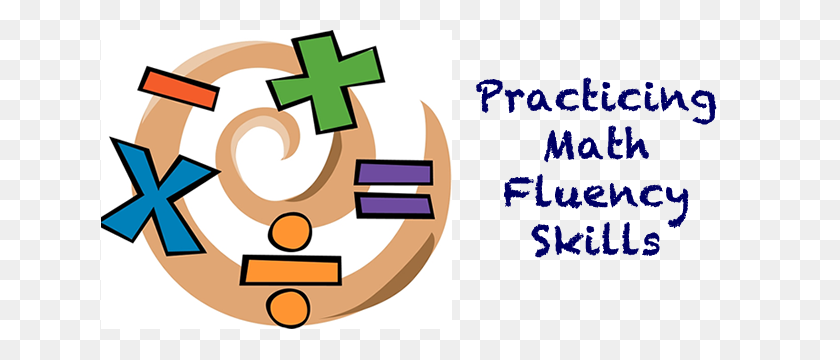


You must answer each question within 3 seconds to demonstrate mastery.Type your name and click “Start Self Correcting Quiz Now”.Click the number that corresponds with the fact group you are working to master.Here are the routines for each approach: Using to demonstrate mastery: Most of my students use ’s auto-scored quizzes to demonstrate their fluency, while others use our paper quizzes. During this time, students demonstrate their progress toward meeting their learning targets.
Fluency timer clipart free#
Descriptions of recommended free online practice toolsĪt the end of Math Workshop 3-4 days each week, we have a fact fluency session.An introductory letter to parents with the pacing schedule.This ensures all students have access to all the resources they need to practice their facts for five minutes on a nightly basis. We follow the fluency pacing schedule below so students have a clear picture of their learning targets, and can set home and school practice goals accordingly.Īt the launch of the fact fluency challenge, each student is gifted a home practice toolkit. During the months of November, December, and part of January, our in-class multiplication & division lessons and activities continue during Math Workshop. They study their facts at home on a nightly basis (more on that below), and complete fluency assessments in the classroom 3-4 days per week. Each month, students work to master different fact families. The fact fluency challenge is a six month challenge that helps each third grader become a master of multiplication and division fact fluency. Then I ask, “How was I able to solve that so quickly?” Eventually, they come to the conclusion that I have memorized my fact families, and they want in. They’re also a little stumped on how the Distributive Property can help them tackle the problem in front of them, but boy do they try.Īfter a few minutes of discussion and confusion, I call them together and quickly solve the problem in front of them. I write a complex problem on the board, and they quickly discover it’s really tedious to solve these problems using repeated addition, or by drawing elaborate arrays. Of course, they’re all eager to learn long division and multi-digit multiplication.

Then I ask them what they want to accomplish next. When first introducing fact fluency, I begin by praising my third graders for the foundational multiplication and division understanding they’ve built. Introducing The Importance of Math Fact Fluency Once I begin to see these essential skills becoming second nature, I introduce the importance of fact fluency. We dive deep into the properties of multiplication, and discuss how they help us tackle those trickier facts.Īs we work through these foundational lessons during Math Workshop, my students use pages from our math adoption, assignments on Khan Academy, math games, and problem solving task cards to practice the skills they’re learning. My third graders spend two weeks building models that connect multiplication to repeated addition, and division to repeated subtraction. To introduce the reasoning behind fact families, I use a variety of resources to plan my introductory lessons including:

When beginning our multiplication and division unit, our lessons are focused on understanding the why behind multiplication and division. Students also benefit from routine reflection activities when they set goals, and make plans for becoming more fluent mathematicians.ĭeveloping this deeper understanding, and practicing rapid fact recall on a consistent basis in our classroom helps students develop the fluency they need without the stress that often results from a more traditional “timed test” approach. In addition, they participate in frequent opportunities to build rapid fact recall through timed fluency activities (yes timed…but not in the traditional anxiety-inducing sense). To begin, students focus on building a deep understanding of fact families, and the reasoning behind them. When building fact fluency in my third grade classroom, I use a few consistent routines, and give students plenty of time to master their facts. This is absolutely possible!Īfter a few years of comforting nervous students who worried they wouldn’t reach their math fact fluency goal “on time” and trying not to make a mess on the pile of fact fluency quizes I graded while eating my lunch, I decided to create a simplified system that helps each student acheive fact fluency while saving us teachers a ton of time. You probably also want to avoid spending way too much time grading fact fluency worksheets. Looking for a way to boost math fact fluency in your classroom? Like most teachers, you probably want to avoid the nervous feelings students have when they’re introduced to the daunting goal of memorizing all their math facts AND understanding the reasoning behind them.


 0 kommentar(er)
0 kommentar(er)
